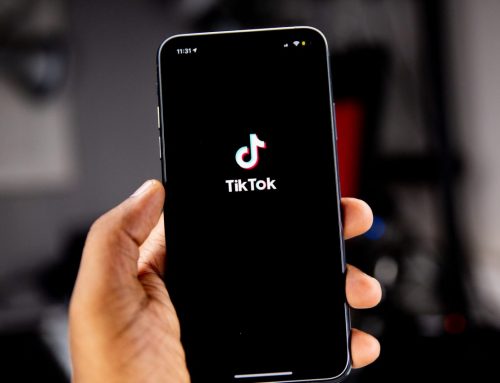With so little space to optimize your videos, writing a good YouTube description can be difficult.
When scrolling through YouTube, the covers and titles are generally what get your attention at first, but if you want to optimize your YouTube videos, the descriptions are where you need to focus your search engine optimization (SEO). This is why having a well-written description is important; it is one of the only places you can add keywords for your optimization.
When you look something up on Google, it often shows some related YouTube videos, which is why your YouTube descriptions matter so much. Just like the content on your website, having an optimized video description is what gets your YouTube videos shown here. It is important to note that you should also treat your YouTube descriptions like your website’s content and avoid keyword stuffing. Here, we will take a look at some of the ways you can write better YouTube descriptions for your SEO.
Types of YouTube descriptions
There are two types of YouTube descriptions that are equally important. Channel descriptions of your YouTube channel as a whole that give a summary of what someone can expect from the videos in your channel. You can include some of the most important keywords that you want to be associated with your brand and channel in this description. The other description is the video description, which you should tailor to each individual video. These descriptions will tell you what to expect from that video, including some of the keywords you want to be associated with the video and any relevant links. You have much more space open in the description.
Prioritize the first 200 characters
The entire description is important, but those first 200 characters are the most important. These are the characters that show up in search engine results, and they are the first part of the description you see before clicking on “show more.” You have 5,000 characters, but those first 200 are what you have to get attention before someone decides to look at the rest of it.
In this line, place the most important keywords you want to be linked to your video, and make sure to write it in a way that will help grab a viewer’s attention. You can think about it in the same way you would write a Tweet on the subject, just with a few less characters.
Write like a human
Those first 200 characters are your shot at making an impression on your viewers. If your content sounds like a human did not write it, the viewer will not want to read the rest of it, and they might not be interested in subscribing to your channel. Keep things short and sweet and useful. Save things like links to your social media channels or products related to the video until after the first 200 characters.
Use your brand voice
Your brand has a voice on social media, and that voice should be used when writing those descriptions. You want to sound consistent everywhere to help make your brand have the authenticity consumers want from brands these days. Keep your personality, writing style, and vocabulary consistent everywhere, including your video descriptions.
Keywords
As we know, keywords are one of the most important parts of SEO in general and YouTube descriptions. If you are struggling for keywords, conducting keyword research is the best way to go about finding what terms your audience is already using. You only need a few keywords, and they need to occur naturally in the text. Make sure they do not sound forced and that you are not keyword stuffing — that can get you marked down in search engines.
Complementary keywords
Once you have your keywords, think about which ones have complementary terms you can use or synonyms. For example, if your video is about an eco-friendly product, you can include terms like “green” to complement it and cover more of your bases.
Hashtags
As we know, hashtags are just as essential to help increase your visibility as keywords are. You can make hashtags show up in the video description and above your video title. If they are part of the description, put them after your first 200 characters. It is important to avoid over hashtagging in these descriptions. Focus only on the most specific and important hashtags and try to keep it below ten at the most. If your description is full of hashtags, someone might lose interest in the description before they decide to follow one of the links included in it. These are an excellent way to incorporate some of your trickier keywords and complementary keywords that you are having trouble adding naturally to the description.
Default upload settings
Suppose you have the same few lines in every video you upload, like links to your website or social media accounts or CTAs to subscribe. In that case, it can be irritating to copy and paste them into every single video you upload. You can create a default setting for your video descriptions so that YouTube will automatically put those lines into your video descriptions for you.
Call-to-action
The call-to-action (CTA) is an essential part of marketing, and it is something you can include in your YouTube video descriptions. One great way to do this is to link your social media into your descriptions so that people can follow you if they enjoy your content. You can also include CTAs to read a blog post on your site that is related to the video’s topic, to product information if the video is related to one of your products, or even to just more information in general. Suppose you have several products in a video, for example, in a makeup tutorial. In that case, you can include links to each product in the description so that anyone who wants to buy the products can do so easily. If there is a guest in your video, you can also include in your CTA links to their YouTube channel, social media accounts, and website.
Hopefully, some of these tricks help you out, they are important to help your YouTube videos show up in more search results. Remember for a free social media consultation or to just talk about your Branding or Social media strategy, contact Seattle Public Relations today!








Leave A Comment